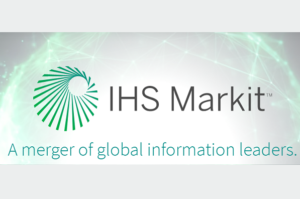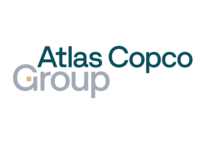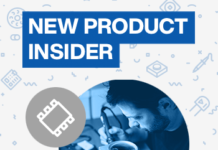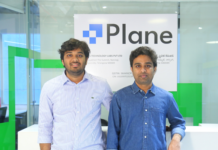
Background:
On September 28, 2017, Toshiba announced that it agreed to sell all shares of its wholly owned subsidiary Toshiba Memory Corporation (TMC) to a consortium led by Bain Capital for approximately $18 billion, significantly above the $13 billion Toshiba was initially seeking.
- This announcement is the latest chapter in a drama that has been unfolding since the beginning of 2017.
- In addition to Bain Capital, the consortium includes Toshiba Corp., Hoya Corp., SK Hynix, and US investors Apple Inc., Kingston Technology Corp., Seagate Technology and Dell Technologies Capital.
- The Toshiba and Hoya investments will account for more than 50% of the total investment in TMC, leaving ownership of the entity under Japan-based companies. The US investors will not acquire voting rights or common stock of TMC. Toshiba aims to complete the transaction by the end of March 2018.
- Toshiba’s joint venture (JV) partner Western Digital Corporation (WDC) has raised legal challenges to Toshiba’s spin-off of its JV assets into a subsidiary, and is strongly opposed to the inclusion of rival memory supplier SK Hynix in the chosen consortium. The entire sale process appears headed for a prolonged legal battle.
IHS Markit Analysis:
At a high level, the announcement of this deal is positive for the NAND market, simply because it means that we are one step closer a resolution. Additionally, this deal does not appear likely to lead to a significant change in strategy that would disrupt the market. In the short-term, the market impact from this deal should be minimal. For one, a deal of this magnitude will require significant time to close as antitrust and other regulatory issues are dealt with. Additionally, legal challenges from WDC could further slow the deal or delay planned investments. In the meantime, Toshiba will continue to execute its existing manufacturing, technology development, and capital expenditure plans (pending legal challenges from WDC). Even assuming the deal closes in March 2018, it will take time for the new leadership team to enact changes that would eventually impact the market.
Mid- to long-term, the market impact is less certain. While this outcome is certainly not as favorable from the NAND supplier perspective as direct consolidation, it is far more favorable than a deal with Chinese- or Taiwanese-based firms, which many fear would lead to intellectual property (IP) leakage and potential expansion of manufacturing and technology development to their respective home countries. The new entity should be better capitalized post-transaction and will not have the weight of the Toshiba conglomerate slowing decision-making. However, the consortium contains a very diverse set of backers, all with different motivations.
Typically private equity firms are very focused on free cash flow — with Bain as a primary investor with voting rights, will they serve to temper capital expenditures to drive up free cash flow? Are they in this for the long haul, or do they intend to drive up the value and sell their stake in a few years? The US group of investors, while lacking voting rights, may serve as a counter-balance to Bain, as they certainly hope to secure additional supply from this venture and would likely favor more aggressive expansion strategies that will help drive down market pricing.
SK Hynix likely has multiple motivations, including the potential to secure leading edge 3D NAND supply without adding wafers to the overall market, having some input in the strategy of a direct competitor via voting rights in the new entity, and potentially having the option to secure a much larger stake in the venture in the long-term (once the 10-year cap on 15% voting rights expires).
Given that Toshiba, Bain, Hoya and SK Hynix control the voting rights, IHS Markit expects that entity would act rationally and not willfully attempt to gain market share or otherwise disrupt the market.
The long-term impact to Western Digital is a major unknown. WDC has challenged the right of Toshiba to transfer ownership of its portion of the joint ventures without partner consent. Western Digital also believes it has the right to join Toshiba (or TMC) in future NAND capacity investments, but Toshiba disputes this. The validity of these arguments is unknown, and will be left to the courts to decide.
Finally, there are still several barriers to this deal becoming a reality. Toshiba must overcome the legal challenges from Western Digital that have already been brought forth, and will continue to arise. The deal also must pass the scrutiny of the various antitrust and regulatory bodies, which is likely to occur but will take significant time.
Although the sale of Toshiba’s NAND business appears imminent, the impact to the NAND market remains to be seen. Near-term market conditions will likely be unchanged, but the mid- to long-term impacts are less certain. The makeup of the consortium provides an interesting contrast in potential motivations, with Bain, SK Hynix and Toshiba likely favoring a more status-quo approach, and the US-based investors hoping for more aggressive investment strategy. The chances of this deal closing are unknown, as are the long-term impacts to Western Digital if it goes through – only time, and the courts, will decide. IHS Markit will continue to monitor the developments around this story closely.
By: Walter Coon, director, NAND, IHS Markit



















